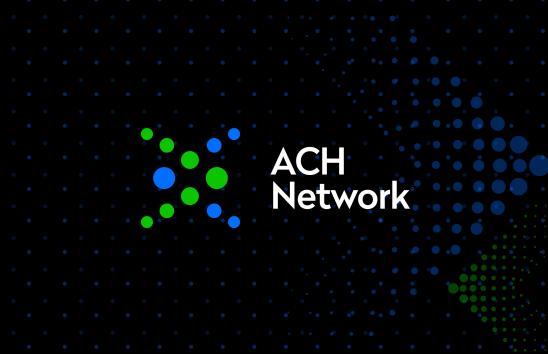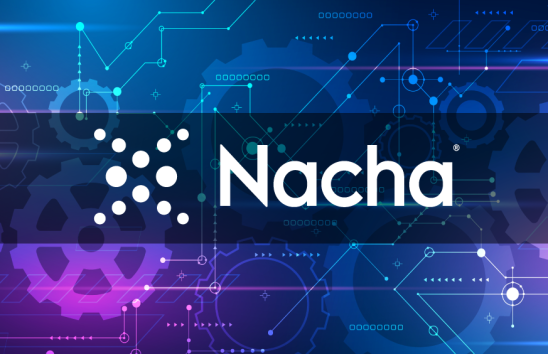How the ACH Rules Are Made

Do you get paid by Direct Deposit? That’s governed by the Rules.
Do you pay your bills electronically via ACH? Also governed by the Rules.
The ACH Network touches nearly all Americans, and the Nacha Operating Rules direct how the ACH Network is operated. Everyone using the ACH Network, from consumers and financial institutions to businesses and governments, has responsibilities. The Rules ensure that millions of payments occur smoothly and securely each day.
The Rules direct how the ACH Network is operated, keeping it safe and efficient. The Rules standardize the roles and responsibilities of all parties using the ACH Network, assuring that all ACH payments are handled on a level playing field. After all, the bank where you have your checking account can’t be playing by different rules than the bank where you pay your mortgage.
And the Rules ensure that everyone using the ACH Network—including consumers, businesses small and large, credit unions, banks of all sizes, and government entities—has well-defined roles and responsibilities for every ACH payment.
Want your own copy of the Rules? Anyone can get one at the Store. Anyone is welcome to purchase.
Since their inception in 1974, the Nacha Operating Rules have been a living document. There’s never a “final edition.” The Rules are always open to change, and Nacha’s rulemaking process strives to be thorough, inclusive and responsive. Everyone involved is able to provide input to make certain that all needs are being acknowledged in Rule development.
The first step comes when an idea is submitted. It goes to the Rules and Operations Committee for review. The committee has oversight of rulemaking.
Many parties with various needs and perspectives are on the committee, including Nacha Direct Members, community banks, credit unions, and liaisons from the ACH Operators, U.S. Treasury and the Federal Reserve Board of Governors.
There are also representatives from the end-user community—the companies and institutions using the ACH Network. For example, a firm that processes payrolls, or a major university handling tuition payments.
If the committee decides to pursue an idea, a proposal is developed. Input is sought from the technical community through the Software Information Exchange and ACH Operator Technical Group to make sure the Rule is viable and to determine a potential timeframe for implementation. Finally, a request for comment is issued.
Who can comment on a request for comment? Anyone—regardless of whether or not they are a Nacha member—can provide input. The process is open and inclusive. When the request for comment is issued, along with the proposed Rule change, there is a link to follow to an online survey, but Nacha also welcomes input in other ways, including traditional comment letters.
After the comment period closes, the committee reviews all the responses received and determines if any adjustments should be made to the proposed Rule change. Once the proposal is ready, it is issued to Nacha’s Voting Membership.
If the measure passes it doesn’t go into effect overnight. With approximately 10,000 financial institutions in the U.S. a great deal of coordination is involved.
There is an implementation process, during which Nacha provides resources, tools and education. And that help isn’t just for Nacha members. Information is provided to help all areas of the ACH industry understand what the changes mean for them.
We have a short video to explain how the Rules are made:
Support Nacha Operating Rules compliance by reporting violations.







